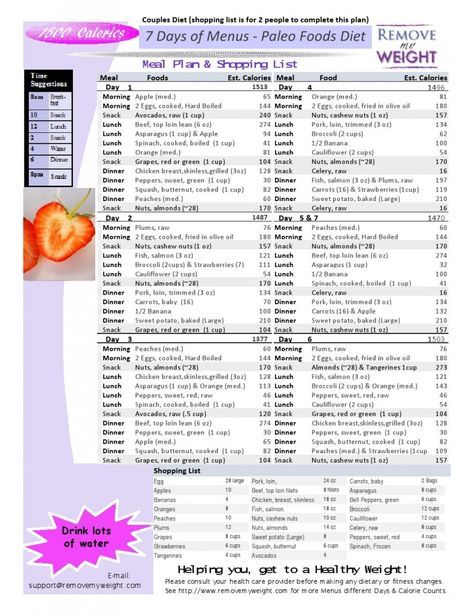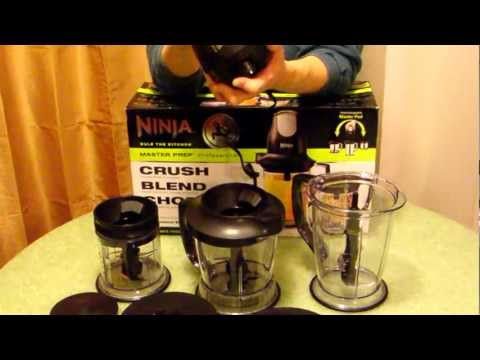Baby food and prices
How Much Does Baby Food Cost?
Written by: Howmuchisit.org Staff
Once a baby begins to eat solids (“solids” refers to baby food and cereal, not actual table food) the cost of food can start to affect your monthly grocery bill.
Usually, this takes place between four to six months old, and babies will begin eating simple rice cereal and then will progress to a mix of baby food and cereal; eventually, they will be able to eat all baby food and will no longer need formula or cereal. This transition usually takes place when they are between 12 to 15 months old. Refer to our chart below to see what your baby can eat at their age.
“Carrot baby food” (CC BY-SA 2.0) by Ross Catrow
How much is the cost of baby food?On average, baby food is going to cost the average family anywhere from $45 to as much as $115 per month when using solid foods.
A box of Gerber Infant Cereal , for example, will cost about $3 for a 16-ounce box. This box can last up to a month at first, but it will gradually only last about once per week as your child grows.
Gerber baby food, such as pureed bananas, apples, green beans, peas, etc., usually come in two-packs and will cost between $1-$1.50 per pack. Children 6 months – 12 months will usually consume 2-4 containers of baby food per day. (An example would be a fruit for breakfast, a vegetable for lunch, and one of each at dinner.) With this in mind, you will spend between $37.50-$75 per month on baby food.
Companies, such as Gerber, make many kinds of healthy snacks for babies such as fruit puffs or fruit melts. These help the baby learn how to consume solid food in their mouths without choking. Snacks like these can cost $2-$4 and will last about a week or two.
For the first year, baby formula can run anywhere from $45 to $100 per month depending on the brand that is purchased. See: “How much does baby formula cost?” There are two types of formula: powder and liquid.
Mint.com broke down the costs of purchasing it at the store and making the food on your own. Store-bought organic food would cost about $0.69 per serving while making it organically can cost $0.38.
| Brand | Price Range |
|---|---|
| Beech-Nut Organic Baby Food | $1.50 per jar |
| Ellas Kitchen Baby Food | $1.50 to $2 per pouch |
| Gerber Baby Food | $1 to $1.50 per jar |
| Goya Baby Food | $1 per 4-ounce jar |
| Heinz Baby Food | $4 to $6 per packet |
| Holle Baby Food | $10 to $14 for 250g |
| Nestle Baby Food | $4 to $6 per 14 ounces |
| Sprout Organic Baby Food | $10 per 5 pack |
Common baby food flavors
Apple and banana
Apple and blueberry
Apple and cherry
Apple and chicken
Apple, pear and banana
Apples
Apricot
Banana and mixed berry
Banana and strawberry
Bananas
Beef and beef broth
Chicken and chicken broth
Chicken rice
Chicken, vegetables and stars
Corn and sweet potato
Green beans
Macaroni and beef
Mango
Mixed vegetables
Oatmeal, pear and cinnamon
Peaches
Pear and blueberry
Pear and pineapple
Pear and raspberry
Pears
Squash
Seet carrots
Sweet corn
Sweet peas
Sweet potatoes
Turkey and turkey broth
Turkey rice dinner
What are the extra costs?If you choose to buy only organic food, plan on spending between $20 and $40 extra per month.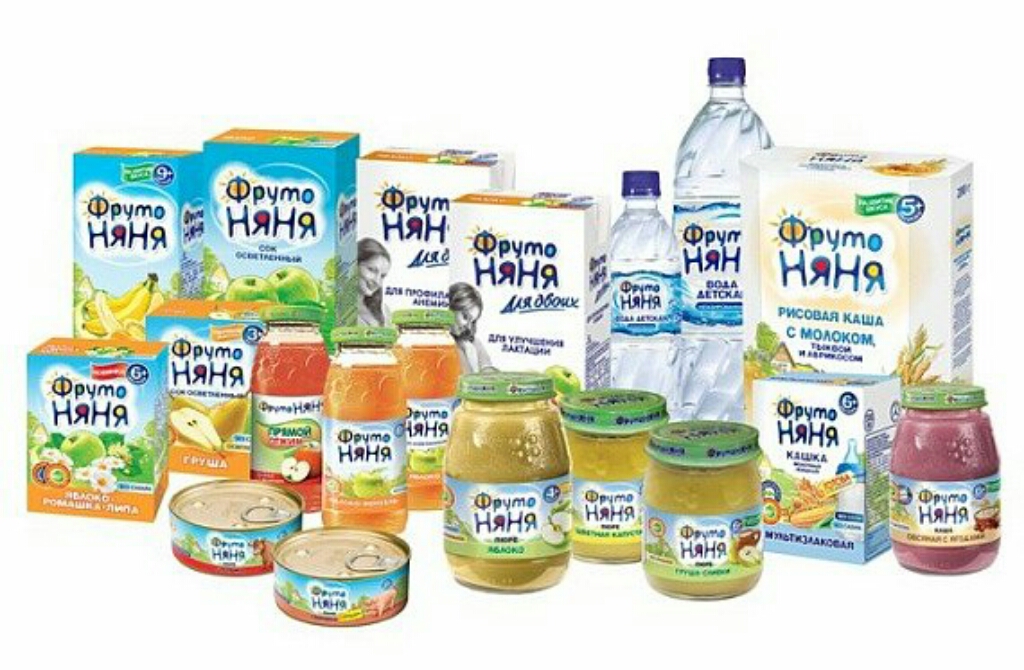 One jar of organic baby food can cost upwards of $1 to $2 per jar.
One jar of organic baby food can cost upwards of $1 to $2 per jar.
Some babies need specific types of foods as a result of allergies. Soy products, for example, can be quite a bit more expensive.
If you want to make your own baby food, there are baby food makers on the market that cost anywhere from $60 to $150+.
Introducing solid foods to baby chart
How can I save money?Almost all stores, such as Meijer, have their baby food on sale every few weeks. It is best to stock up on baby food when it is at its cheapest. This could save you about $10 per month.
Some people choose to make their own baby food by pureeing fresh fruits and vegetables. This may be less expensive, but it is also much more work. The storing and preserving of the food is the hardest part.
Consider buying store brand baby food rather than the name brand. Be sure to compare the ingredients as you’ll find that many of the store brands are highly comparable.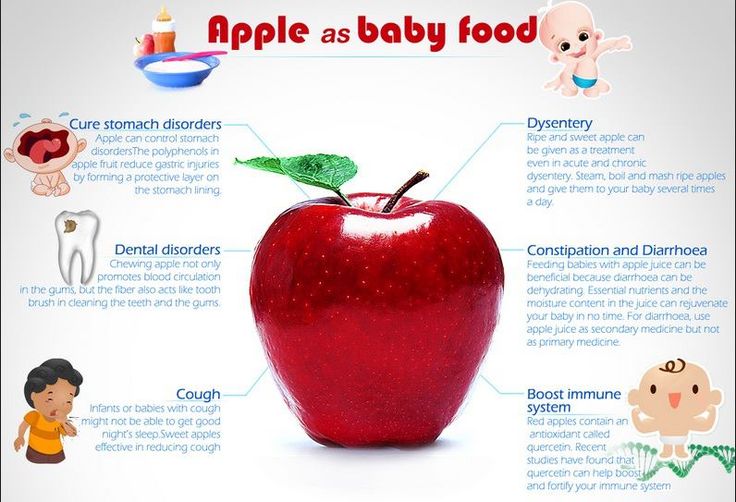
A common question online is: Can you buy baby formula with food stamps? The answer is yes. SNAP allows you to buy formula, cereals, juice and baby food.
Look for baby food coupons. These coupons can be found in the local newspaper or via a simple search online.
Advertising Disclosure: This content may include referral links. Please read our disclosure policy for more info.
Average Reported Cost: $0How much did you spend?
How much does a baby cost per month?
It's hard to figure out exactly how much it costs to have a baby, since it can vary so much depending on where you live and your circumstances. Some of the biggest costs for new parents include healthcare (including birth), diapers, formula, childcare, baby gear, clothes, food, and toys. In fact, you can anticipate spending between $9,300 and $23,380 per year per child. It's scary to think about how to support a baby financially, but there are many ways to save.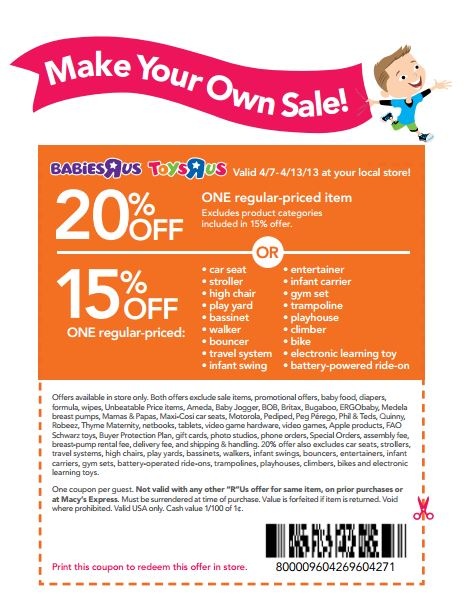
How much does it cost to have a baby?
Raising a baby isn't cheap! (Check out our Baby Costs Calculator to see how it all adds up over the first year.)
On average, a child costs two-parent families in the U.S. between $9,300 and $23,380 every year, according to the U.S. Department of Agriculture. (That number is in 2015 dollars, the latest data available.) This wide range accounts for various factors such as income level, where you live, as well as the age of your child.
Of course, the total cost you can expect to pay also depends on your lifestyle and how much money you choose to spend on necessary items such as housing and food. Certain expenses are out of your control, such as how much childcare costs in your area and the price of your family's health insurance plan (through an employer or otherwise). But there are some simple ways to cut costs; for instance, you may have family nearby who can help watch your child a few days a week, or you may be able to breastfeed to save money on formula.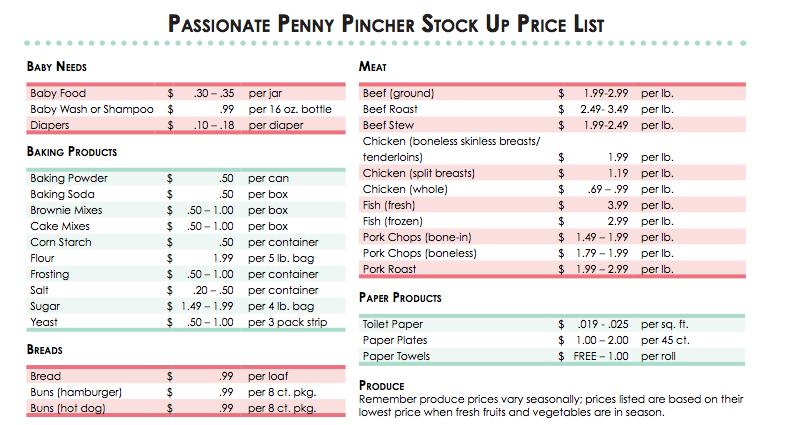
It's definitely scary to think about having enough money to meet your baby's needs, but luckily, there are ways to make these costs more manageable. Planning ahead and setting a budget as new parents certainly helps; there are also resources available for those in a lower income bracket who need financial help for a new baby.
Cost of childbirth and healthcare
Cost: Giving birth in a hospital in the United States is expensive. The national average as of 2020 was $13,811 with employer-sponsored health insurance, or an average of $3,000 out of pocket for both a mom and her baby's hospital stays. Hospital bills could exceed $10,000 out of pocket if your baby spends time in the NICU.
The exact cost of childbirth is hard to quantify because expenses vary widely based primarily on whether or not you're insured, as well as what state you live in, how long you stay in the hospital, and the type of birth you have. C-sections are notoriously more expensive than vaginal births, costing a national average of about $17,004 vs. $12,235, respectively. Check with your insurance carrier around your third trimester to get an idea of the approximate costs you can expect to pay out of pocket for your baby's birth.
$12,235, respectively. Check with your insurance carrier around your third trimester to get an idea of the approximate costs you can expect to pay out of pocket for your baby's birth.
Even with insurance, most pregnant women have to pay for healthcare costs associated with their prenatal care, such as insurance co-pays and deductibles. The labor and delivery itself is the biggest expense in pregnancy, as you (and your insurer) will need to pay for things like the practitioner and the actual hospital fees. The costs may be even higher if you're medically induced, if you have a complicated delivery, or if your baby needs to stay in the NICU.
If you don't have health insurance, having a baby could run you between $9,000 and $17,000 for a vaginal birth or $14,000 to $25,000 for a C-section. Luckily though, many states make it easier for pregnant women to enroll in Medicaid or a state-sponsored health insurance program, through which all of your healthcare would be free or available at a very low cost.
Ways to save: If you're uninsured, look into health insurance options right away. Also, if your pregnancy isn't high risk, you can consider having a midwife rather than an ob-gyn deliver your baby. (Midwifery services are about $2,000 less than an obstetrician's fees, on average.) Before you go this route though, confirm that your insurance (if you're insured) covers midwifery services, as most but not all do. Also, if you're paying out-of-pocket, many hospitals and healthcare providers will work with you on a discounted package rate for your prenatal and labor and delivery services. And always double-check all bills and paperwork to make sure there are no errors or hidden, unexpected fees.
Cost of formula per month
Cost: $400 to $800 is the average monthly cost for powdered formula for babies who are formula-fed exclusively. The cost will be lower if you supplement with breast milk and higher if you give your baby more expensive brands or ready-to-feed formula. Monthly formula costs could spike if your baby needs a special hypoallergenic formula or if there's a formula recall or shortage.
Monthly formula costs could spike if your baby needs a special hypoallergenic formula or if there's a formula recall or shortage.
As your child gets older, formula costs will lessen as the amount of formula they'll need daily decreases, especially once you start introducing solid foods around six months of age. By 12 months old, your pediatrician will likely recommend that you switch your baby from formula to regular cow's milk, assuming your baby doesn't have any allergies or health concerns.
Ways to save: Breastfeed if you can. If you're not breastfeeding or are supplementing, use powdered formula, which costs less than ready-to-use or liquid concentrate. Though this may be difficult now due to the nationwide formula shortage, consider purchasing store brand or generic formulas, which meet the same federal nutrient requirements as brand-name formulas but are less expensive.
If you do buy brand-name formulas, sign up to receive coupons or become a rewards member to get discounts on the manufacturers' websites. After you're sure that your baby tolerates a particular formula well, buy it in bulk at warehouse stores or online. You can also ask moms you know or post in a local moms' group on social media to see if anyone is giving away or selling the formula your baby drinks for a discounted price; just make sure the cans or samples you get are unopened and not expired.
After you're sure that your baby tolerates a particular formula well, buy it in bulk at warehouse stores or online. You can also ask moms you know or post in a local moms' group on social media to see if anyone is giving away or selling the formula your baby drinks for a discounted price; just make sure the cans or samples you get are unopened and not expired.
Cost of diapers per month
Cost: $70 to $80 per month for disposable diapers, averaging out to about 29 cents each. The cost will vary depending on the brand you use and where you purchase the diapers. Infants require up to 12 diapers a day for the first year and toddlers need about 8, which is a total of about 2,500 to 3,000 diapers a year.
Ways to save: Try to purchase most of your baby's diapers at a "big box" chain store or warehouse store instead of a local convenience store, which is more likely to mark up prices. Buying diapers in bulk online is also a good way to save. Sign up at diaper manufacturers' websites to get coupons, and stock up when diapers are on sale.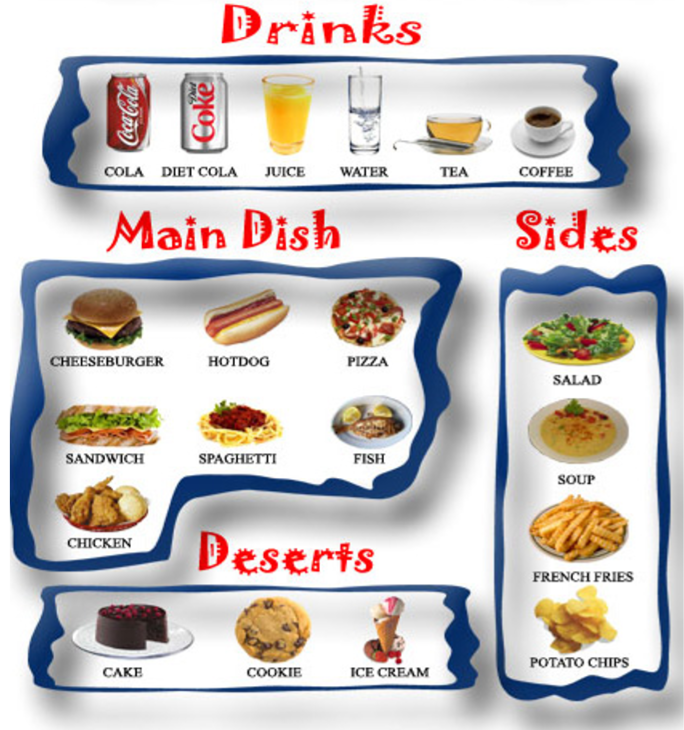 Alternatively, you may want to consider cloth diapers, which are gaining popularity with many budget-minded parents. They could save you about 27 percent a year vs. disposable diapers, plus there are a lot of cute and convenient cloth diapers on the market to choose from.
Alternatively, you may want to consider cloth diapers, which are gaining popularity with many budget-minded parents. They could save you about 27 percent a year vs. disposable diapers, plus there are a lot of cute and convenient cloth diapers on the market to choose from.
Cost of childcare per month
Cost: Varies according to which type of childcare you choose: daycare center, home daycare, relative care, nanny care, babysitter, or au pair. Childcare costs also fluctuate wildly based on where you live, how old your child is, and whether you need part-time or full-time childcare. The average monthly cost of daycare in the U.S. is around $850, while hiring a private nanny costs around $2,450 a month. You or your partner may choose to be a stay-at-home parent, in which case you may not require childcare. (But keep in mind this can impact your career and lifetime earnings potential.) Learn more about the pros and cons of all your childcare options.
Ways to save: For full-time care, consider asking a trusted relative or friend who may charge less than a traditional daycare center. Home daycares and nanny sharing with a neighbor or friend can also save cash. For occasional babysitting, trade time with another parent who's a neighbor or friend, or hire a responsible student. If possible, coordinate work schedules with your partner so you can each cover some of your child's care. Finally, consider enrolling in a flexible spending account for childcare expenses if your employer offers one – this means you can put your pre-tax money toward dependent care expenses.
Home daycares and nanny sharing with a neighbor or friend can also save cash. For occasional babysitting, trade time with another parent who's a neighbor or friend, or hire a responsible student. If possible, coordinate work schedules with your partner so you can each cover some of your child's care. Finally, consider enrolling in a flexible spending account for childcare expenses if your employer offers one – this means you can put your pre-tax money toward dependent care expenses.
Cost of baby gear
Cost: Varies according to which items you buy. Babies need a lot of stuff, but some items are must-haves, while others are nice-to-have extras. The basic baby gear you'll need during your baby's first year includes a crib (with mattress) or play yard, a stroller, a car seat, bottles and/or breastfeeding accessories, a baby bathtub, toiletries such as a hairbrush and first aid kit, and toys. As your baby gets older and more mobile, you'll also need safety gear such as babyproofing tools and safety gates, as well as a high chair and other feeding accessories like spoons and cups.
There are plenty of baby gear "add-ons" that are nice to have but not necessary – for instance a bottle warmer, a rocker or glider, a changing table, various baby carriers, and different large baby toys like a bouncer, activity center, and swing. (Of course, for some families these are essentials – the tricky part is knowing what you and your baby will love.)
Ways to save: Create a baby registry so friends and family members can help with the big purchases. Start with the basics – a good car seat, stroller, and play yard with bassinet, for example – and wait to buy other things. You may be able to try out a friend's activity center or swing to see if your baby likes it before buying one. Although it's important to buy your car seat new, check for other items at garage sales and secondhand stores, on community websites, and used from friends and relatives.
Cost of baby clothes
Cost: $20 to $50 (or more) per month on average, depending on where (and how often) you shop.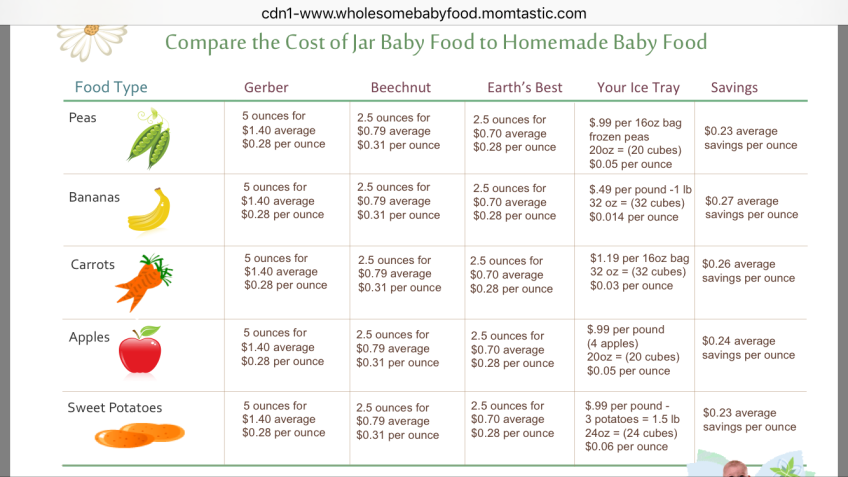 Throughout the first twelve months, babies outgrow clothing very quickly, so you'll be buying more clothes in infancy than when they're older. You'll also need to stock up on baby clothes for the first six weeks, especially comfy pajamas, onesies, and sleepers. To start off your baby's wardrobe, consider getting a few outfits in the 3-6 month and 6-9 month size ranges. There are endless amounts of baby clothes to choose from, but check out our list of the best baby clothing brands to help you narrow it down.
Throughout the first twelve months, babies outgrow clothing very quickly, so you'll be buying more clothes in infancy than when they're older. You'll also need to stock up on baby clothes for the first six weeks, especially comfy pajamas, onesies, and sleepers. To start off your baby's wardrobe, consider getting a few outfits in the 3-6 month and 6-9 month size ranges. There are endless amounts of baby clothes to choose from, but check out our list of the best baby clothing brands to help you narrow it down.
Ways to save: Many first-time parents find they receive enough gifts to keep their baby clothed for the first few months. After that, watch for store sales and online deals, and accept hand-me-downs from friends and relatives. Get gently used items from consignment stores, thrift shops, community websites, garage sales, and sites and apps that sell secondhand baby clothes. If your baby is in between sizes, consider buying clothes one size up so your child can grow into the items and wear them for longer.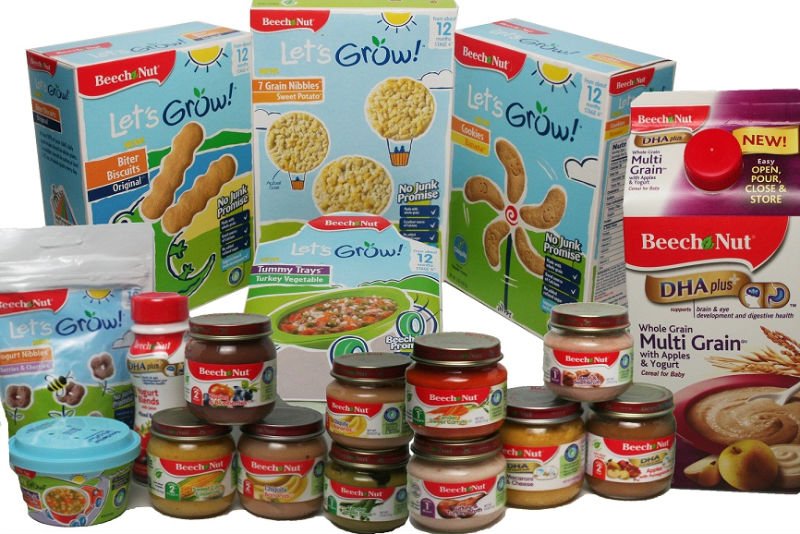 Finally, treat your baby's soiled clothes with stain remover and wash with a good baby detergent so they can be worn again (or handed down).
Finally, treat your baby's soiled clothes with stain remover and wash with a good baby detergent so they can be worn again (or handed down).
Cost of baby food
Cost: $98 to $230 per month after your baby starts solid food. Food costs about 18 percent of the total cost of raising a child, second only to housing. Your baby may eat a lot of the same food you eat, especially if you're introducing solid foods via baby-led weaning, but they'll probably still require some foods that are specific to babies and toddlers. Depending on your baby's age, some packaged foods you may choose to purchase include jarred fruits and vegetables, baby food pouches, teething crackers, and puffs.
Ways to save: If possible, make your own baby food. A hand blender is all you really need to whip up fruits, veggies, and other foods you serve your family into a consistency that's safe for babies. You can even freeze the extras to serve later on. For those times when you do buy prepared baby food, use coupons and buy in bulk, especially if the item is on sale. And if you don't mind, opt for non-organic products, which are less expensive but just as delicious.
And if you don't mind, opt for non-organic products, which are less expensive but just as delicious.
Cost of baby toys and books
Cost: $30 to $50 per month on average. Each household is different, but the average family spends about $580 on toys a year, or up to $6,000 before a child reaches their teenage years. Toys aren't a necessity, per se, but play is an important part of your baby's development. There are many games you can play with your baby – with and without toys – to help your little one learn about the world. Reading to your newborn is also an important part of development, and it can help lay the groundwork for vocabulary, reading, and comprehension skills.
Ways to save: Let your child play with safe household items; For example, whisks, containers, pots and pans, and hairbrushes are always a hit with little ones. Buy toys secondhand, borrow books from the library, ask friends for hand-me-downs, and consider setting up a toy and book exchange with friends or neighbors who have babies around the same age.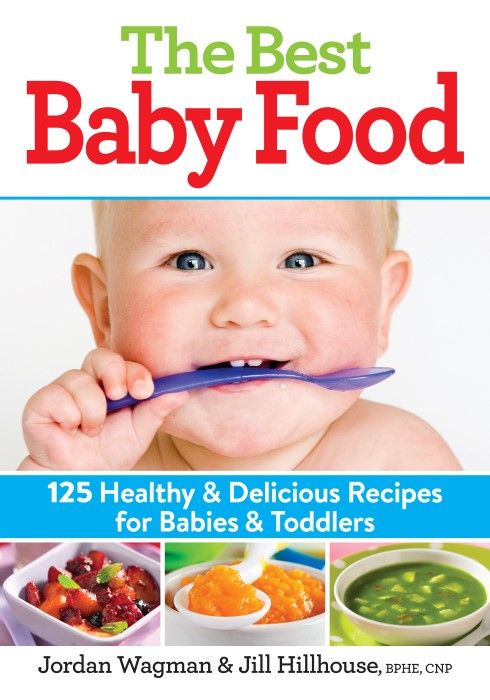
Some websites let you trade in toys, and you can use that money earned toward newer items. If you do buy brand-new toys, even if just for special occasions like birthdays or holidays, look for sales and manufacturers' coupons for brands you like. Also consider joining the loyalty program at your favorite retailer, or searching the toy section at discount stores.
advertisement | page continues below
90,000 Russians warned about more than 15% more expensive baby food
- Business
- Rinat Tairov Editorial Forbes
Prices for baby food in Russia could rise by more than 15%. The manufacturer of FrutoNyanya attributed the increase in cost to the rise in the cost of raw materials, logistics and packaging. Other food manufacturers will follow suit and also increase the cost, analysts are sure
The manufacturer of FrutoNyanya attributed the increase in cost to the rise in the cost of raw materials, logistics and packaging. Other food manufacturers will follow suit and also increase the cost, analysts are sure
Russia's largest baby food manufacturer Progress (FrutoNyanya brand) warned retail chains of an average price increase of 15.5% in February, Kommersant reported citing a letter from the company's CEO Natalya Medunova. She attributed the rise in prices to the rising cost of raw materials due to the freight crisis, market expectations amid the pandemic and adverse weather conditions for crops, the newspaper claims.
Finished reading here nine0005
According to Medunova, fruit concentrates rose by an average of 26.8-33.3%, fresh and frozen fruits and vegetables - by 30.9%, raw milk - by 20%, buckwheat, oats and rice - by 19% . The cost of packaging components added 50-100% each, Kommersant added, citing a letter from the CEO. Shipping costs increased by 30%. Progress intends to raise prices for liquid and dry cereals, drinks, bread, desserts and other products. Progress products are subject to increased quality and safety requirements, which the company is not ready to reduce, Medunova herself told Kommersant. nine0005
The cost of packaging components added 50-100% each, Kommersant added, citing a letter from the CEO. Shipping costs increased by 30%. Progress intends to raise prices for liquid and dry cereals, drinks, bread, desserts and other products. Progress products are subject to increased quality and safety requirements, which the company is not ready to reduce, Medunova herself told Kommersant. nine0005
Related material
In baby food, especially for young children, the share of imported raw materials is large, and it has risen in price especially strongly due to the depreciation of the ruble, a source in a large food manufacturer told the newspaper. Retailers will most likely have to accept the terms of Progress, because it is a leader in its category and has great negotiating power, another Kommersant source said. The announced increase in selling prices may not cover the cost, but this is an important step to maintain profitability, said Alexei Popovichev, executive director of the Rusbrand association (which includes Procter & Gamble, Danone, Nestle and other manufacturers). nine0005
nine0005
The arguments of the FrutoNyanya owner are also valid for other market players, they will now also try to raise selling prices, Marat Ibragimov, a senior analyst at Gazprombank, predicted. Baby food is an important product in terms of store attendance, and they will try to mitigate the effect of the increase in the cost of the network: they will break it into several stages or donate part of their margin.
Related material
Russia's largest retailer X5 Group (Pyaterochka, Perekrestok, Karusel), Magnit and Auchan did not respond to the newspaper's request. Lenta declined to comment. The Ministry of Agriculture acknowledged that food and processing industry enterprises faced an increase in costs, but noted that it was carrying out systematic work to stimulate the growth in the production of raw materials for processing, the publication specified. nine0005
nine0005
In the coming months, products from other major manufacturers will also become more expensive - not only baby food, but also all major categories of goods, with the exception of socially important ones, a Kommersant source among suppliers believes.
-
Rinat Tairov
Editorial Forbes
#Frutonyanya #goods for kids #prices #baby food
Forbes Newsletter
The most important thing about finance, investment, business and technology
The Ministry of Agriculture will try to stabilize the situation with rising prices for baby food | Economy news | Izvestia
The Ministry of Agriculture of Russia is carrying out systematic work aimed at stimulating the growth of production of raw materials for processing in order to maintain a stable price situation in the domestic market, including in the baby food segment.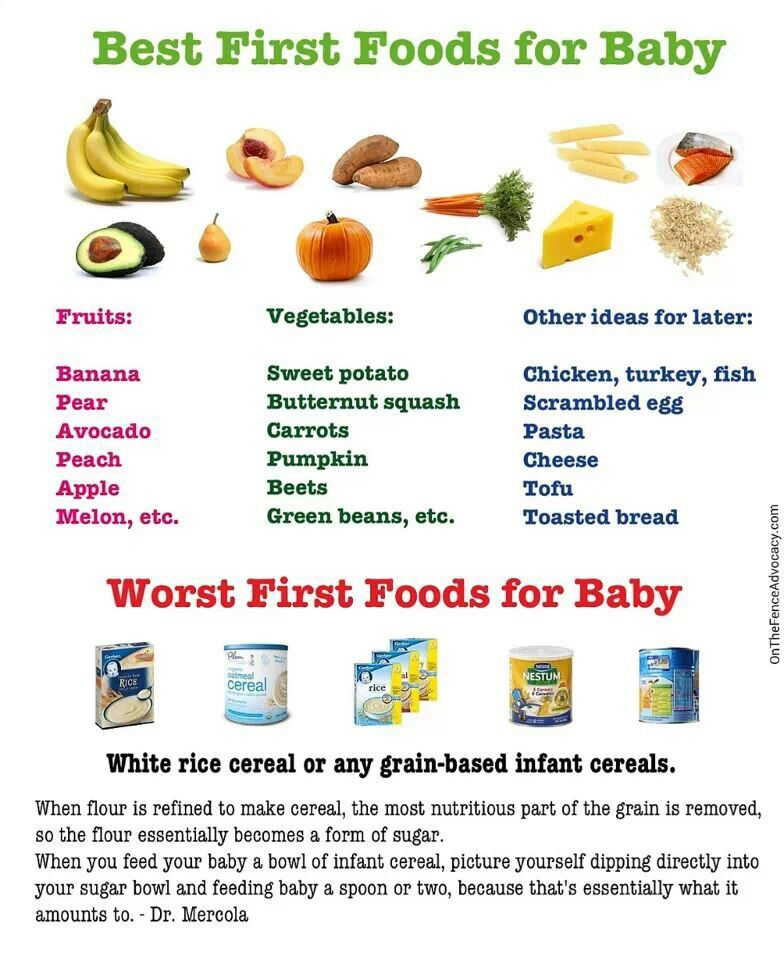 This was announced to Izvestia in the department, commenting on reports from manufacturers about the upcoming increase in prices for infant formula on Wednesday, January 26.
This was announced to Izvestia in the department, commenting on reports from manufacturers about the upcoming increase in prices for infant formula on Wednesday, January 26.
It was also reported that the price of packaging has increased: the cost of tin lids, as well as cardboard and corrugations, has increased in price by one and a half times, aluminum and plastic have increased in price by 25–100%.
At the same time, the demand for baby food in Russia is not growing. According to NielsenIQ, in 2021, offline retail sales decreased by 6% in volume terms and by 1.9% in monetary terms.
“Enterprises in the food and processing industry, including in the baby food segment, are operating in conditions of a significant increase in costs due to an increase in the cost of packaging, fuel, electricity, logistics services and other cost components,” the Ministry of Agriculture said. nine0005
They added that producers of fruit and vegetable products are increasing their volumes every year, which, among other things, contributes to the "effective development of processing enterprises." According to preliminary data, in 2021, a record in the production of fruits and berries was updated in Russia. Their gross harvest in all categories of farms reached 3.9 million tons, which is 7% more than in the previous year.
“The production of cereals is also steadily developing,” the ministry said.






